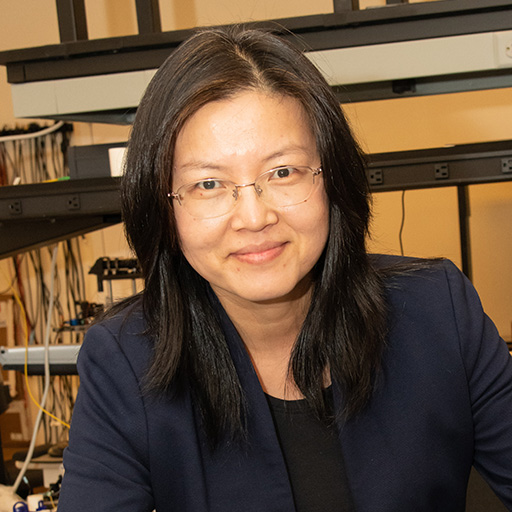A Novel Tool for Seeing Neuron Cells in Eyes With Glaucoma

About the Research Project
Program
Award Type
Standard
Award Amount
$183,947
Active Dates
September 01, 2020 - August 31, 2023
Grant ID
G2020168
Co-Principal Investigator(s)
Shaohua Pi, PhD, Oregon Health & Science University
Goals
Glaucoma is a leading cause of irreversible vision loss and blindness. Currently, diagnosis and scientific understanding of glaucoma is limited by the inability of medical instruments to image the eye in sufficient detail to detect the earliest changes that presage the disease. By improving current state-of-the-art ocular imaging systems using optical tools originally developed for astronomy, we will enhance image quality so that even individual eye cells can be clearly seen. Using the instrument we develop, we will perform experiments on rodent models in order to discover new and improved indicators of glaucoma progression and help understand the nature of the disease.
Summary
The goal of this study is to achieve neuronal cellular imaging in the living rat retina and provide more sensitive biomarkers than conventional methods in a glaucoma model. In Aim 1, we propose to advance an optical coherence tomography (OCT) prototype working in the visible-light band by integrating an adaptive optics (AO) technique that can compensate wavefront distortion, thereby providing retinal imaging that approaches theoretically ideal cellular resolution. In Aim 2, we propose to develop software to remove eye motion and speckle noise to further optimize cellular-level visualization. Neuronal morphological metrics will be established. In Aim 3, we will use this cellular-resolution retinal imaging technique to characterize early neural defects in optic nerve transection and controlled elevation of intraocular pressure models. The cellular-level structural metrics will be correlated with injury grading and compared with conventional retinal layer thickness measurements. The outcome of this study will provide a novel imaging modality that can non-invasively characterize cellular-level structural glaucomatous neurodegeneration. Applying this to glaucoma rat model will help explore new biomarkers for early detection of glaucoma. We anticipate that this cellular-resolution imaging tool and the knowledge developed in this study can be applied to human eyes in the future and used for early glaucoma detection and surveillance of glaucoma in patients with chronic glaucoma.
Grants
Related Grants
National Glaucoma Research
The Impact of Glaucoma on Light-Mediated Mood and Sleep Disorders
Active Dates
July 01, 2024 - June 30, 2026

Principal Investigator
Xiaorong Liu, PhD
The Impact of Glaucoma on Light-Mediated Mood and Sleep Disorders
Active Dates
July 01, 2024 - June 30, 2026

Principal Investigator
Xiaorong Liu, PhD
National Glaucoma Research
Increased Pressure in Eye Affects the Neuronal Communications in the Brain
Active Dates
July 01, 2022 - June 30, 2025

Principal Investigator
Prabhavathi Maddineni, PhD
Increased Pressure in Eye Affects the Neuronal Communications in the Brain
Active Dates
July 01, 2022 - June 30, 2025

Principal Investigator
Prabhavathi Maddineni, PhD
National Glaucoma Research
Improved Imaging of the Outflow Pathway in the Living Human Eye
Active Dates
July 01, 2022 - June 30, 2025

Principal Investigator
Alessandra Carmichael-Martins, PhD
Improved Imaging of the Outflow Pathway in the Living Human Eye
Active Dates
July 01, 2022 - June 30, 2025

Principal Investigator
Alessandra Carmichael-Martins, PhD



